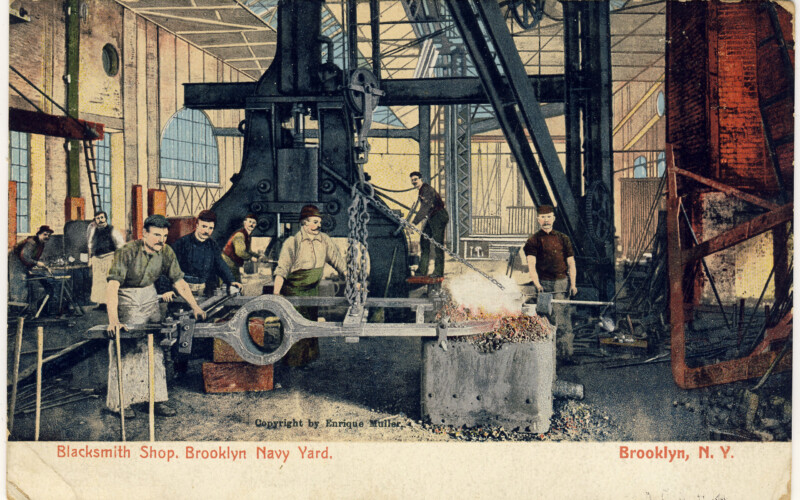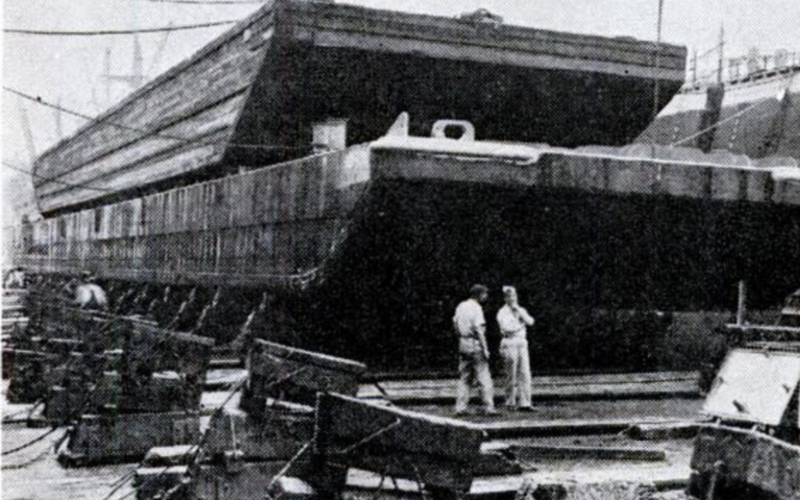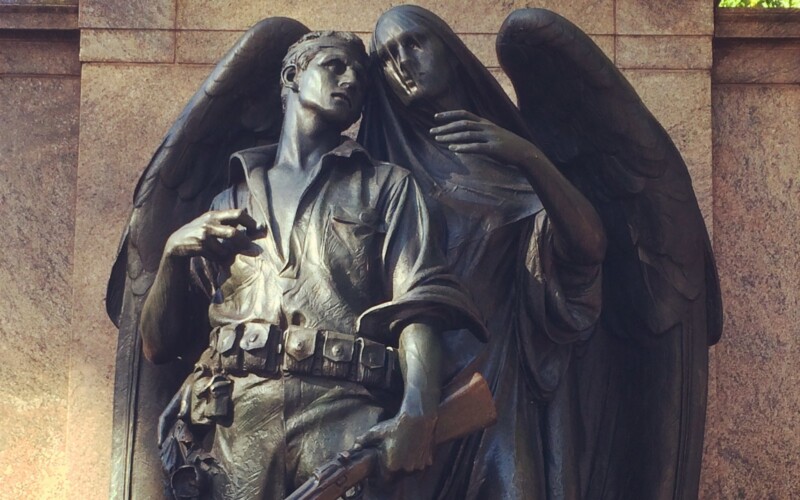We have experience hosting a range of audiences, from college classes to birthday parties to company outings, and we customize our tours to meet your group’s interests and needs.
Book a private tour today
Waterfront workers were at the vanguard of the labor movement; the word “strike” has its origins in work stoppages on the London docks in 1768, when sailors “struck” the sails …
Read more

The history and legacy of the Second World War can be seen all around us in Brooklyn. Once home to hundreds of factories, shipyards, and warehouses, and responsible for sending …
Read more

War has played an integral part in the history of Prospect Park. In August 1776, the future site of the Park was a battleground, as American troops tried to stop the British …
Read more
